In a world where stability can swiftly shift, having access to reliable food sources is crucial. During times of upheaval, a well-stocked pantry of preserved foods can be the line between enduring and facing dire shortages. As we recognize National Preparedness Month, it’s vital to understand the best foods for long-term storage and their preservation methods. This knowledge is essential, especially if SHTF (Shit Hits The Fan) scenarios occur, and grocery stores become inaccessible.
Grains and Beans
- Significance: These staples are high in calories, fiber, and protein, essential for energy and nutrition in survival situations.
- Preservation: Store in sealed containers with oxygen absorbers in a cool, dry area. Properly stored, grains and beans like wheat, rice, quinoa, lentils, and black beans can last up to a decade.
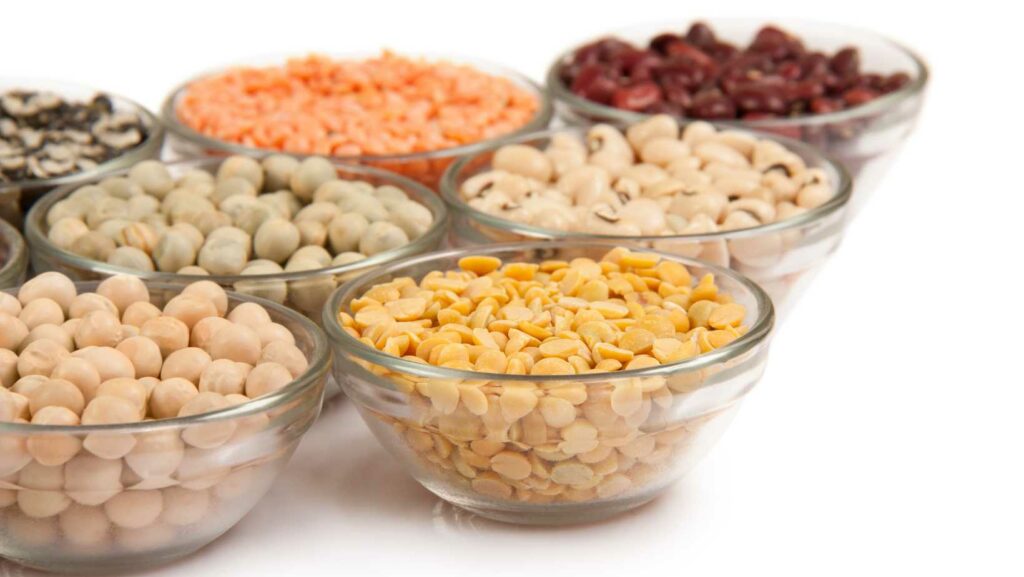
Salt-Cured Meats
- Significance: Meat is a crucial protein source, and salt curing significantly extends its shelf life.
- Preservation: Salt curing involves removing moisture to prevent bacterial growth. Stored correctly, salt-cured meats can last about six months without refrigeration.
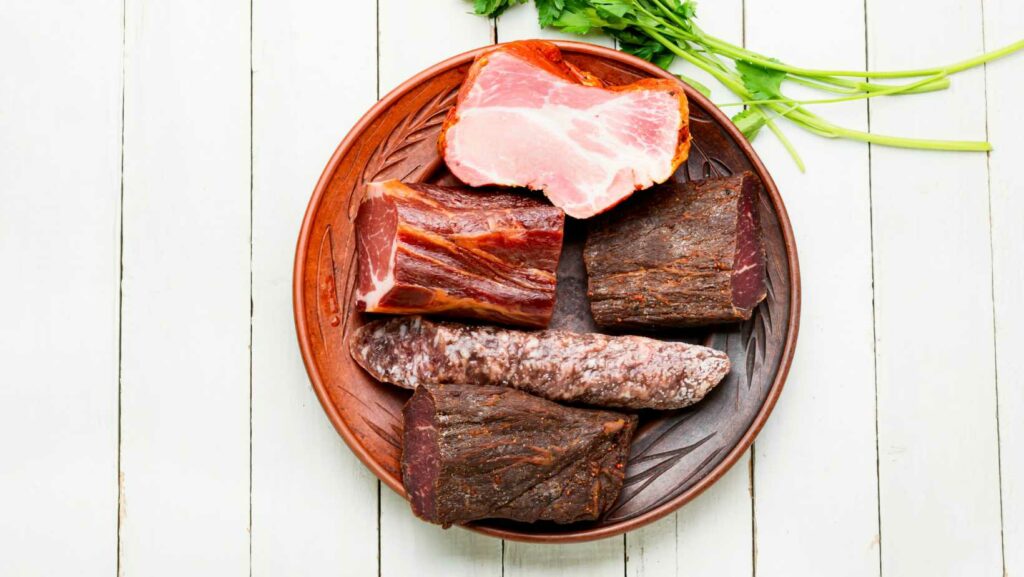
Canned Fruits and Vegetables
- Significance: They are essential for vitamins and help maintain morale with their familiar flavors.
- Preservation: Canning involves heat-sealing food in containers, eliminating spoilage agents. Stored in a cool, dark place, they can last for years.
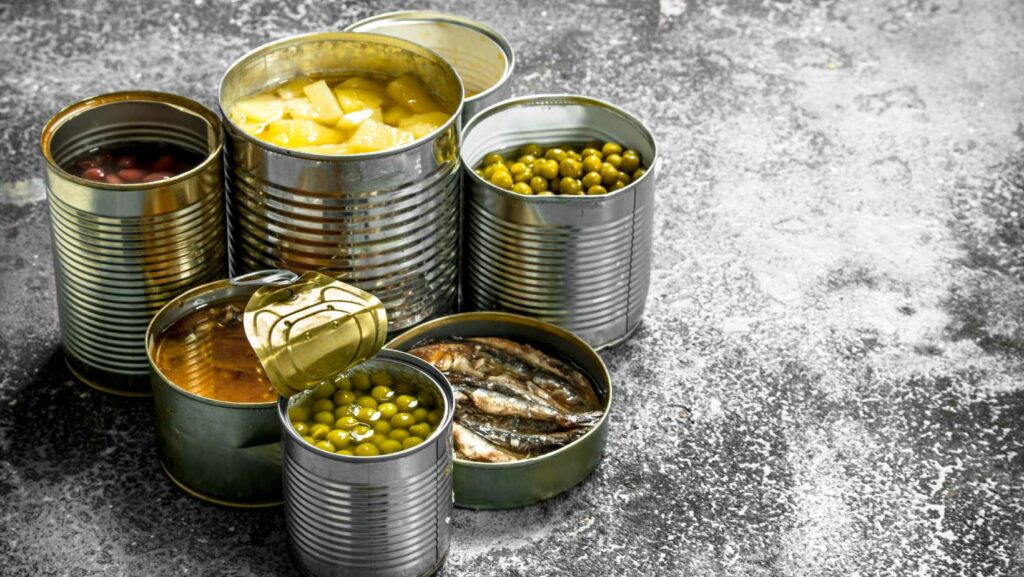
Dried Foods
- Significance: Drying foods extends shelf life while retaining nutritional value.
- Preservation: Use an oven or dehydrator to dry fruits, vegetables, and meats. In airtight containers, they can stay edible for several years.
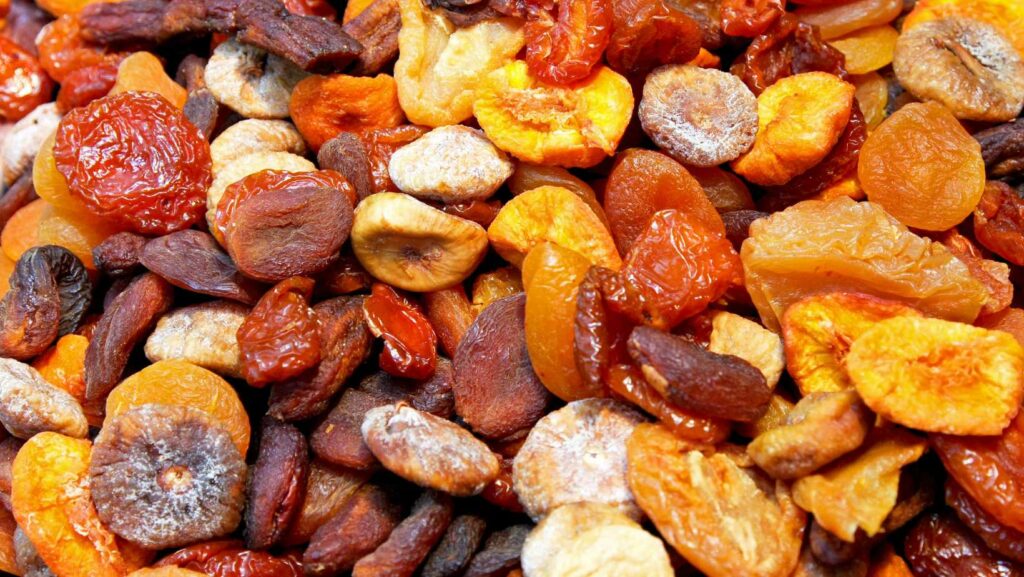
Honey and Syrups
- Significance: Beyond sweetening, these natural products, especially honey, offer energy and medicinal benefits. Honey is known for its indefinite shelf life.
- Preservation: Store in airtight containers. Honey may crystallize over time but can be re-liquified with gentle heating.

Pickled Foods
- Significance: Pickling not only preserves food but adds flavor, diversifying your food storage.
- Preservation: Use a vinegar or salt brine to create an acidic environment that deters bacteria. Many foods, including vegetables and meats, can be pickled.
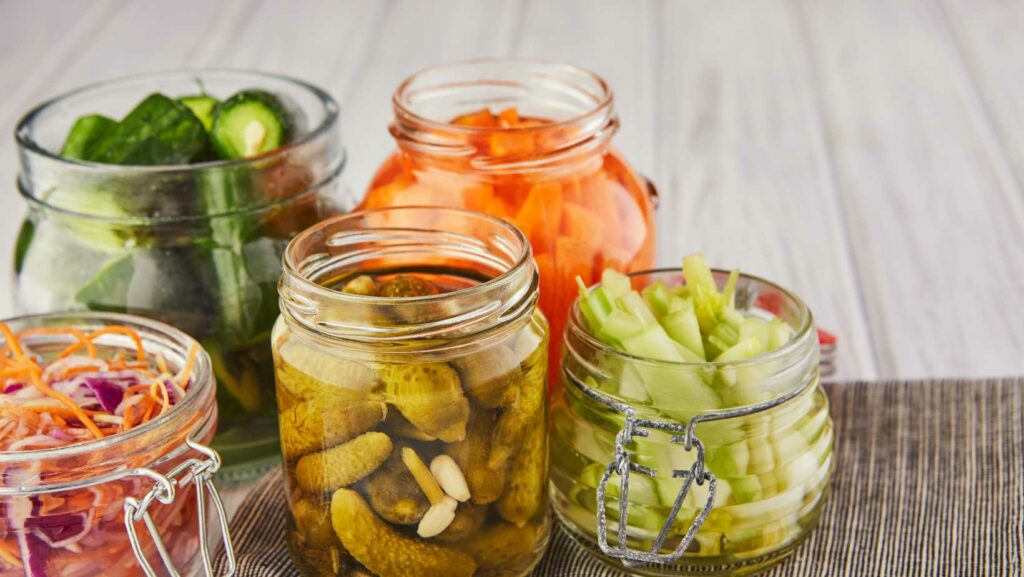
Cheese
- Significance: Hard cheeses are a rich source of calories, fats, and proteins.
- Preservation: Wax-coated hard cheeses can last at room temperature for extended periods, as waxing prevents mold and retains moisture.
Nuts and Seeds
- Significance: These are excellent sources of fats, proteins, and nutrients.
- Preservation: Store in sealed containers with oxygen absorbers in a cool, dark place for up to a year.
Food preservation is not just a skill from the past; it’s crucial for anyone serious about preparedness. Establishing a varied and durable food stock ensures survival, comfort, and the psychological benefit of diverse meals. As you plan for the future, remember the vital role food plays in sustaining life. Perfecting food preservation is not just about sustaining meals; it’s about sustaining existence in the face of adversity.
What are your strategies for long-term food storage in SHTF situations? Share your experiences and tips below!




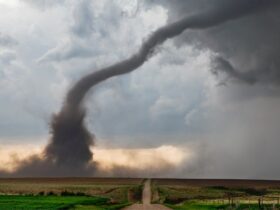

Leave a Reply